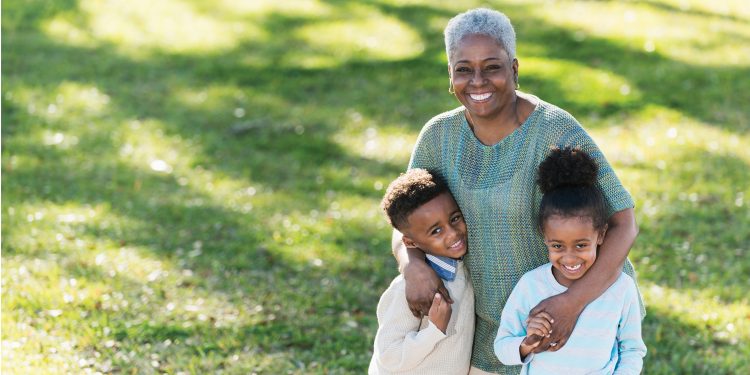The tables are starting to turn on lung cancer thanks to growing use of an early detection tool that gives patients a better shot at beating this disease.
In February of this year, the Centers for Medicare and Medicaid determined that Medicare will cover low-dose CT scan screening for people who meet the following criteria:
- Individuals age 55-77 who currently smoke or who have quit smoking in the past 15 years
- Current or former smokers with a tobacco smoking history of at least 30 pack years (an average of one pack per day for 30 years)
- A written order from a physician or other qualified provider that meets certain requirements
For men and women in the United States, the most deadly cancer is lung cancer. It’s responsible for more than one-fourth of cancer deaths each year. In 2015, a total of 221,200 are expected to be diagnosed with lung cancer. Another estimated 158,000 people will die, which is more than the next three types of cancer (colon, breast and pancreatic) COMBINED.
In Kentucky, we feel this hit even more than the rest of the country. Kentucky has the No. 1 rate of lung cancer incidence and mortality, meaning number of people diagnosed and number of deaths, respectively. In 2011, lung cancer killed 3,389 Kentuckians.
Those people were our family, our friends and our neighbors. They were people we went to church with or sat beside at our children’s sporting events.
This expansion of coverage by Medicare is huge. In the last two or three years, about 10 to 20 percent of the people who’ve inquired about screening but not followed through on it did so because they couldn’t afford the cost associated with the screening. Now that screening is covered, I think we’ll be seeing screening rates going up.
The numbers tell a very compelling story: screenings help save lives because they make early detection more likely. Studies related to low-dose CT scan screening for lung cancer (versus the old method of using a standard chest x-ray) showed the new method reduced the mortality rate by 20 percent.
Locally, we’ve seen that very effect from screening. Thanks to early detection efforts, we’ve found 10 people with lung cancer, and eight of those were in the early stages.
When we catch lung cancer early, we have a better chance of surgically removing it before it can spread.
In addition to the screening side, we now have bronchoscopy techniques that are more accurate at identifying and diagnosing cancer. Surgical methods have also seen technological leaps forward. Today, I can remove a lung cancer using robotic surgical technology. This method causes much less trauma, reducing recovery times.
I am tremendously happy with the CMS decision that this screening will be covered, removing a financial barrier for people who have a high risk for lung cancer but can’t afford the screening. Lung cancer is our disease here in Kentucky. We have embraced efforts to spread the knowledge that this is a deadly disease and now it is time to act on what we know.
People in our communities need to get involved, because as we show people that screening saves lives, more people will act on that knowledge. When people get screened and potentially save their own lives or the lives of their loved ones, we can have a tremendous, positive impact on community health.
The most important thing that can be done is to quit smoking or never start. If you want to know more about how to quit, visit www.owensborohealth.org and search “smoking cessation” or call 1-800-QUIT-NOW (1-800-784-8669). For more information about lung cancer screening, call Owensboro Health’s 24-hour information line at 855-417-8555.










